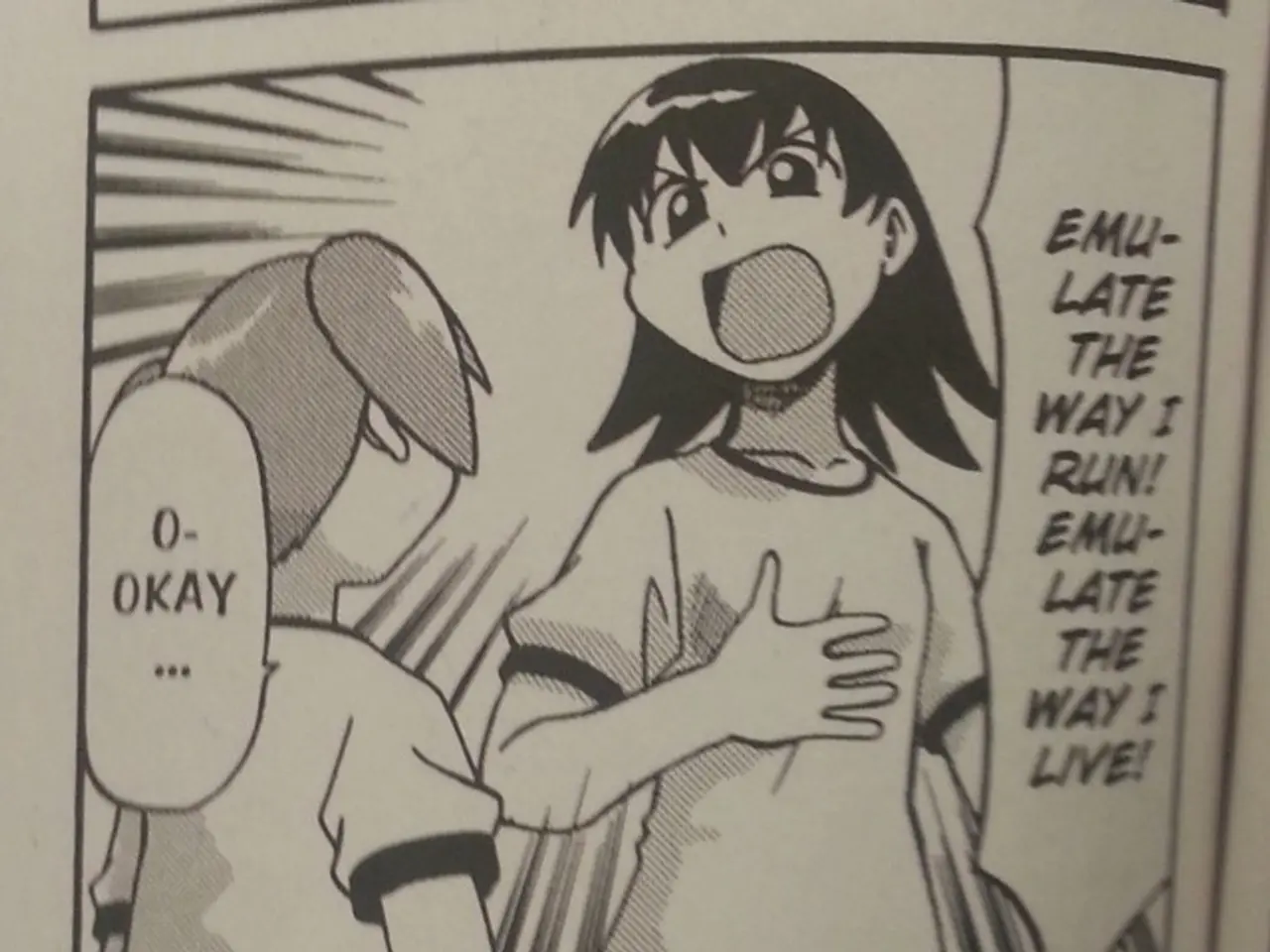Exploring the Surge of the Slow Living Movement
In the bustling world of today, a movement is gaining traction, offering an antidote to the fast-paced lifestyle that many have come to associate with modern life. This movement, known as slow living, originated from the slow food movement in Italy during the late 1980s, which aimed to promote enjoyment of local cuisine, sustainable farming, and a deeper food connection.
Philosophically, slow living emphasizes intentionality and mindful presence. It encourages people to make conscious choices aligned with their values and priorities rather than succumbing to the societal pressure to "do more, achieve more." This philosophy advocates slowing down to foster deeper connections with oneself, others, and the environment by prioritizing quality over quantity and valuing well-being over productivity.
Carl Honoré's book, In Praise of Slowness, is a foundational text that helped shape the modern slow living movement. Honoré's work, along with Greg McKeown's book Essentialism, which advocates for doing less-but better, redefining productivity as intentionality rather than intensity, have been instrumental in shaping the slow living narrative.
The contemporary impact of the slow living movement manifests as a counterbalance to modern society’s fast pace. It offers an alternative to burnout and chronic stress by encouraging sustainable lifestyles, mindfulness, and fulfillment through meaningful activities rather than relentless productivity. This approach has influenced lifestyle trends, urban design, mental wellness practices, and consumer habits centered on sustainability and simplicity.
Brooke McAlary's book Slow: Simple Living for a Frantic World and her Slow Home Podcast provide practical guidance on creating calm and meaningful routines. Cait Flanders' memoir The Year of Less is a candid exploration of what happens when one intentionally steps off the treadmill of consumption, reclaiming personal freedom and happiness.
The slow living movement encourages people to take a moment to appreciate simple things, like the smell of brewing coffee, the sound of morning birds, and doing nothing at all. Morning routines are becoming more intentional and mindful under the influence of slow living, with people choosing activities like journaling, meditation, and quiet walks over screens and alarms.
The concept of slow living encourages individuals to step away from a fast-paced lifestyle and focus on what truly matters. The movie 'Into the Wild' (2007) is one of the most emotionally resonant dramatizations of slow living in cinema. As more people question the cost of modern life's breakneck velocity, the idea of slowing down is gaining popularity.
Minimalism and slow living often go hand-in-hand, with minimalism asking if something is needed, and slow living questioning how it serves one's life. Slow living influences what consumers buy, with people becoming more mindful of where their goods come from and the impact they leave behind. This mindful consumption is a step towards creating a more sustainable and balanced world.
In summary, the slow living movement arose from a culinary and cultural response to fast-paced modern life, built on a philosophy of intentionality and presence, with contemporary influence across lifestyle and wellness sectors promoting a more balanced, meaningful approach to living.
- The slow living movement, stemming from a cultural response rooted in the slow food movement, advocates for a more intentional lifestyle that promotes connections with oneself, others, and the environment.
- The home-and-garden sector, influenced by slow living, is embracing sustainability and simplicity, encouraging individuals to mindfully consider the impact of their consumer habits.
- Personal-growth and self-development resources, like Brooke McAlary's 'Slow: Simple Living for a Frantic World' and 'The Year of Less' by Cait Flanders, provide practical guidance on creating calm, mindful routines that prioritize well-being over productivity.




